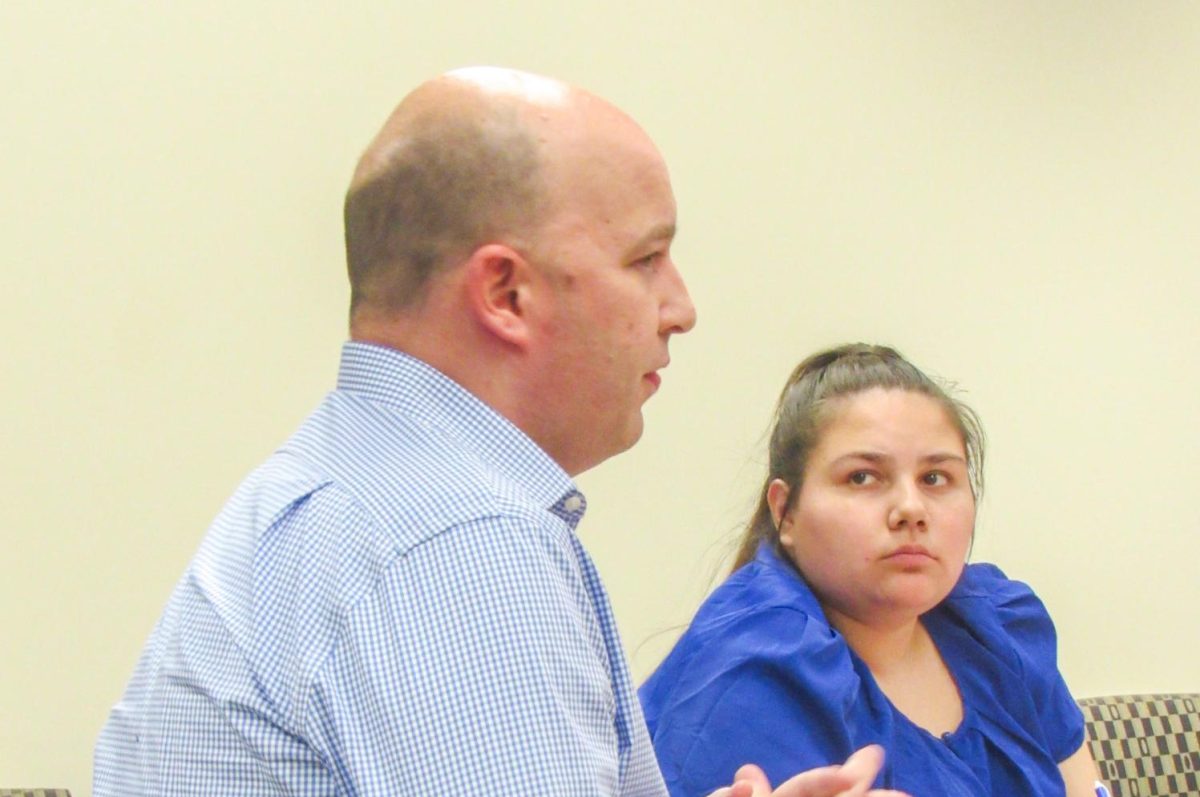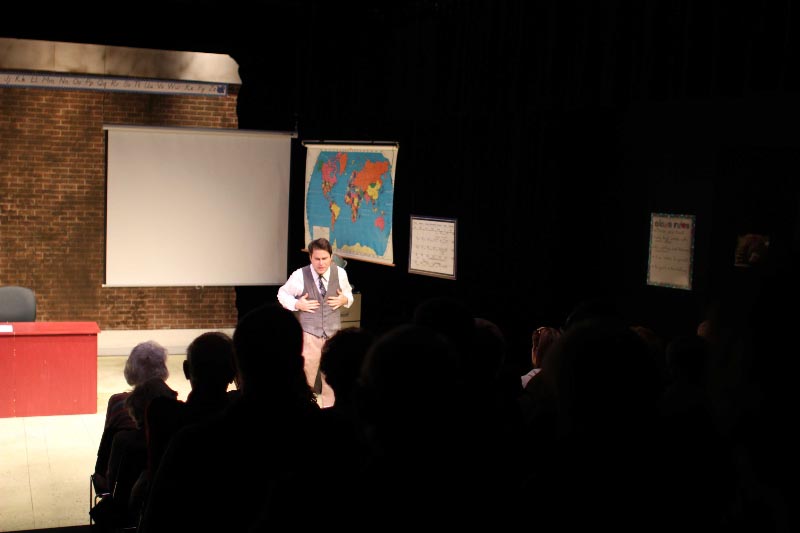Author Maureen Stanton discusses lure, history of collecting
In her new book presented Wednesday, Maureen Stanton detailed a world filled with dreams of easy money, secret predawn rendezvous and characters straddling the line between passion and obsession.
The description is apt for many crime or spy thrillers. Instead, Stanton’s book, “Killer Stuff and Tons of Money,” describes the luring and lucrative landscape of flea markets and the collectors who populate them.
Collecting is a common phenomena across cultures and centuries, indulged in by celebrities like Harrison Ford, conquerors like Napoleon Bonaparte and an estimated two-thirds of all American households, Stanton said.
“Throughout history, collectors have filled their homes with stuff, that much is well documented,” Stanton said. “But why we collect is still a conundrum.”
Stanton said the theories for what makes collectors tick run rampant with references to feelings of abandonment, ancient hunter-gather impulses and excessive Freudian psychosexual urges.
“Freud should know, he collected over 2,000 antiquities,” Stanton said. “His maid even observed him petting his Baboon of Thoth statue, an Egyptian deity, the same way he stroked his chow dogs.”
Stanton said that even television commercials acknowledged psychoanalysts’ connections between collecting and overactive libidos by referencing a 2010 commercial depicting a collecting-obsessed husband and wife.
“Antiquing took over our lives,” Stanton said, quoting the commercial. “So I tried Viagra, and now my antiquing is pretty much gone.”
Stanton said today the hobby and profession of collecting has been mythologized and skewed in nearly 30 television shows ranging from “American Pickers” to “Storage Wars,” with the preeminent program being PBS’s “Antique Roadshow.”
“If you go on the set of ‘Antiques Roadshow,’ they show about 18 objects per hour, per episode,” Stanton said. “But if you look at the number of things that came in that auditorium, it’s more like 14,000.”
Stanton said the reality of the antiquing world is that the quick money and deals-of-a-lifetime only come with years of studying and an esoteric knowledge of seemingly benign things.
The author herself began the project not as a collector, but as a friend of one. Stanton said she still does not have any collections, at least not in the traditional sense.
“I collect stories and I collect facts and little trivia,” she said. “Like about the fork; it took a hundred years to go from three tines to four. That’s a little factoid thing in the back of my brain as part of a little collection.”
Stanton said her fascination with trivia is as close as she can come to collecting, despite examining and exploring the collecting world.
“I don’t have that impulse to collect,” Stanton said. “I almost wish I did, just to be one of those people driven to own every single PEZ container.”
Andrew Palmer, a junior art major, said Stanton’s reading and question-and-answer session turned out to be very informative and hopes to incorporate her research style into his own work.
“She did a lot of in depth research into how collectors think,” Palmer said. “Doing a lot of research is best with non-fiction.”
Of all Stanton’s trivia, that concerning narcotics proved to be most remarkable, Palmer said.
“The history of opium was interesting,” Palmer said. “I was surprised that opium turned into heroin.”
Stanton, who described herself as an essayist and literary journalist, visited Eastern’s campus as the final speaker in the three-week long “Lions In Winter” reading series, sponsored by the English Department and College of Arts and Humanities.
Lania Knight, an assistant professor of English and “Lions in Winter” coordinator, said she was pleased with the final event’s turnout, praising Stanton’s lyrical prose.
“I thought it was great,” Knight said. “Her subject matter is interesting.”
Andrew Crivilare can be reached at 581-2812 or ajcrivilare@eiu.edu.


































































